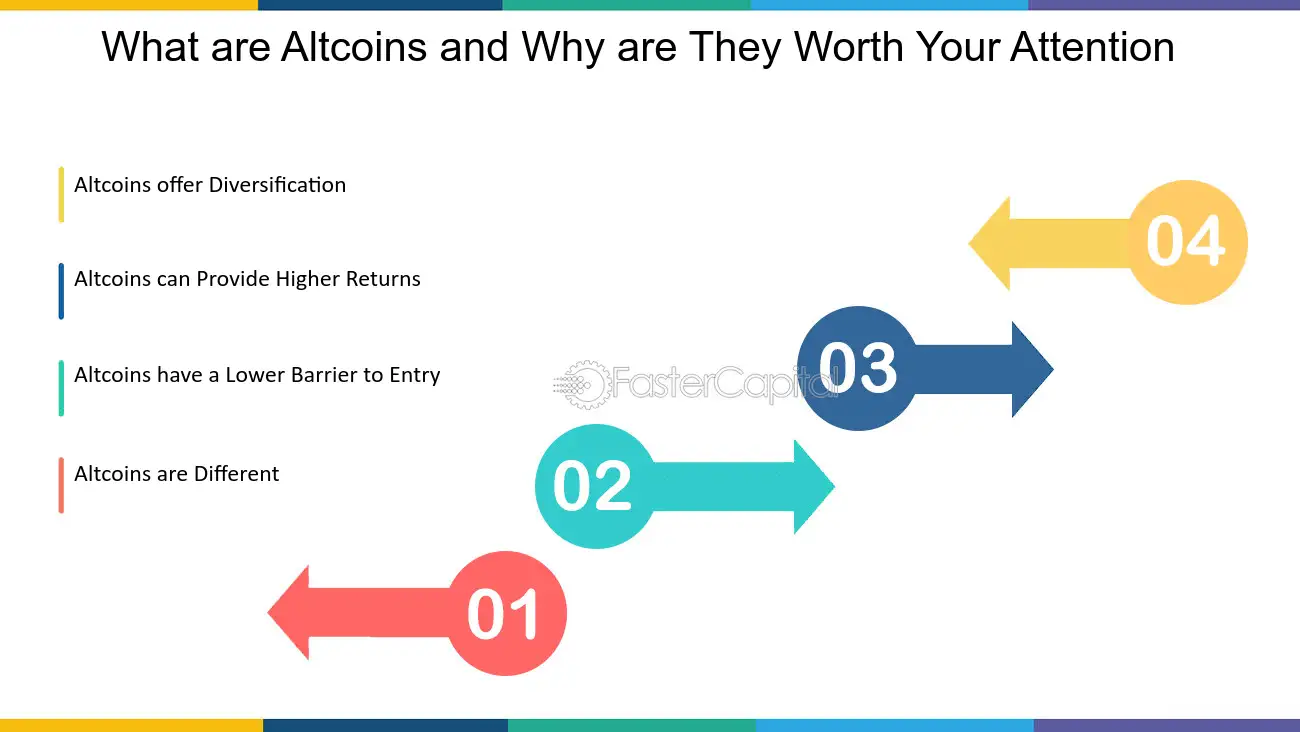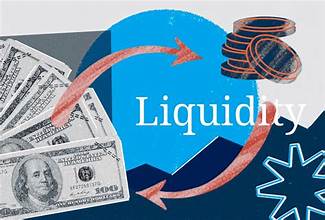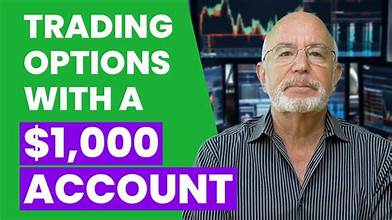Hello, this is Diego from the FX Secret YouTube channel, and today we’ll discuss one of the most common questions in the trading world: Can you trade without leverage, and should you? Let’s break this down and answer the question step by step, while also clarifying what leverage really means and how it impacts your trading.
What Is Leverage?
Leverage is a trading tool that allows you to control a larger trading position with a smaller amount of capital. For example:
- Higher leverage gives you more buying power.
Leverage and margin are closely connected. Your leverage ratio determines how much margin is required to open a position. For instance:
- At 1:5 leverage, you need $100 to trade a $500 position.
- At 1:10 leverage, you need $100 to trade a $1,000 position.
- At 1:20 leverage, you need $100 to trade a $2,000 position.
The higher the leverage, the more buying power you have, but it also comes with greater responsibility and risk.
Trading Without Leverage: What Happens?
To trade without leverage, you’d need a significant amount of capital. For example, if you wanted to trade 1 standard lot of EUR/USD (worth $100,000):
- With no leverage (1:1): You would need $107,000 in your account.
- With 1:100 leverage: You would only need $1,000 in your account.
Without leverage, trading becomes less accessible for retail traders. Only institutions or traders with massive capital can afford to trade without leverage, as they can still make significant profits on large positions.
Should You Avoid Leverage in Trading?
The short answer is no, you should not avoid leverage entirely. Leverage is a powerful tool that provides access to larger positions and opportunities
A Simple Analogy:
- Leverage is like a fast, expensive car.
- A car with 1:100 speed is powerful but requires skill and control. If you drive recklessly, you’ll crash and lose everything.
- A slower car (1:1, no leverage) is safer, but you’ll be moving very slowly and earning far less.
It’s not about whether leverage is bad—it’s about how you use it. A responsible trader knows not to use leverage recklessly or risk too much capital in a single trade.
Why Traders Lose Money with Leverage
Leverage is often blamed for traders losing money, but the real issue is poor risk management and lack of strategy. Here’s why:
- Traders who over-leverage and risk their entire account in one trade are more likely to wipe out their balance quickly.
- Volatility in the market can easily trigger margin calls for highly leveraged positions.
Remember: leverage only gives you buying power—it doesn’t make you a better trader or guarantee profits. The key to success lies in managing risk and sticking to a solid trading plan.
Can You Trade Without a Leverage Account?
Yes, you can trade without leverage. Ask Your Broker to Remove Leverage: Some brokers allow you to trade with no leverage by adjusting your account settings.
- Bank Accounts or Currency Exchanges: You can trade without a broker by transferring money between currency accounts (e.g., EUR to USD). This is essentially forex trading without leverage, though profits will be minimal.
- Institutional Trading: Large institutional traders often trade without leverage because they have enough capital to take massive positions.
While it’s possible to trade without leverage, it’s not practical for most retail traders due to the high capital requirements and low returns.
Responsible Leverage Use: Best Practices
To use leverage responsibly, follow these tips:
- Limit Risk Per Trade: Risk only 0.5%–1% of your account on a single trade. This ensures that even a string of losses won’t wipe out your account.
- Choose Leverage Based on Your Experience:
- Beginners can start with low leverage (e.g., 1:10 or 1:20) to minimize risk.
- Experienced traders can use higher leverage but must manage their risk carefully.
- Avoid Over-Trading: Stick to a trading plan and avoid opening excessive positions that overexpose your account to risk.
- Have a Proper Strategy: Use technical and fundamental analysis to make informed decisions, and never trade based on emotions.
Key Takeaways
- Leverage is not the enemy: It’s simply a tool that increases buying power. The key is using it responsibly.
- Trading without leverage is possible, but it requires significant capital and yields smaller profits, making it impractical for most retail traders.
- Leverage doesn’t guarantee profits: Poor risk management, over-trading, and emotional decisions are the real reasons traders lose money.
If you have a sound strategy and risk management plan, leverage can be an incredibly valuable tool in your trading arsenal. Whether you choose to trade with or without leverage is ultimately up to you and your financial goals.
Final Thoughts
Leverage provides traders with opportunities to control larger positions and amplify profits, but it also comes with risks. The decision to trade with or without leverage depends on your experience, risk tolerance, and capital.
If you’re new to trading, start with low leverage and focus on learning proper risk management. For seasoned traders, leverage can be a powerful ally when used wisely.
I hope this clears up the confusion around leverage and trading. Have a great day, and happy trading.
Top of Form
O
Bottom of Form
g
while leverage can magnify profits, it also amplifies risks, making it a double-edged sword. Learning to use leverage responsibly is crucial for long-term success in the forex market. This article explores the concept of leverage, its risks, and practical strategies to avoid overextending while maximizing its benefits.
- What is Leverage in Forex Trading?
Leverage is a mechanism provided by brokers that allows traders to control a position size larger than their initial capital. It is expressed as a ratio, such as 50:1, 100:1, or 500:1, indicating how much more you can trade compared to your investment.
Example:
- With 100:1 leverage, a trader with $1,000 can control a position worth $100,000.
Leverage makes forex trading accessible, enabling traders to capitalize on small price movements in currency pairs.
- Benefits of Leverage in Forex
- Amplifies Potential Profits
Leverage allows traders to make significant gains from small price changes, especially in a highly liquid market like forex.
- Low Initial Investment
With leverage, traders can start with a small amount of capital and still trade significant positions.
- Enhanced Market Access
It enables participation in markets that would otherwise require substantial capital, opening opportunities for retail traders.
- Risks of Using Leverage
- Amplified Losses
While leverage magnifies profits, it also increases the potential for losses, sometimes exceeding the initial investment.
Example: A 1% unfavorable price move on a $100,000 position with 100:1 leverage could result in a $1,000 loss, wiping out a trader’s initial margin.
- Margin Calls
If losses approach the margin level, brokers issue margin calls, requiring traders to deposit more funds or close positions.
- Emotional Stress
High leverage increases market exposure, which can lead to heightened emotional reactions and impulsive decisions.
- Overtrading
Traders with access to excessive leverage may open too many positions, increasing exposure and risk.
- Choosing the Right Leverage Ratio
The ideal leverage ratio depends on the trader’s experience, risk tolerance, and trading strategy.
- For Experienced Traders
More experienced traders may use higher leverage, but only when confident in their analysis and risk management practices.
Key Rule: Never use the maximum leverage offered by your broker unless you fully understand the associated risks.
- Risk Management Strategies with Leverage
- Use Stop-Loss Orders
Example: If you buy EUR/USD at 1.1000 with a stop-loss at 1.0950, your maximum loss per lot is limited to 50 pips.
- Position Sizing
- Maintain a Comfortable Margin Level
Keep your margin level well above the broker’s required minimum to avoid argin calls.
Example: If your broker requires a 2% margin, aim to keep your margin at 10% or higher to stay on the safe side.
- Monitor Market Conditions
Volatility can increase risks when trading with leverage. Adjust your position sizes or leverage ratios during periods of high market uncertainty.
- Practical Steps to Master Leverage
- Start Small
Begin with a demo account or small live account to understand how leverage affects your trades.
- Analyze Risk-to-Reward Ratios
Ensure the potential reward of a trade outweighs the risk. A common ratio is 3:1, meaning the potential profit is three times greater than the possible loss.
- Avoid Overleveraging
Don’t be tempted to use the full leverage available. Overleveraging increases the likelihood of losing your entire account.
Example: With $1,000 and 100:1 leverage, limit your position size to $20,000 instead of the maximum $100,000.
- Diversify Your Portfolio
Avoid putting all your capital into a single trade or currency pair. Diversification reduces risk exposure.
- Regularly Review Performance
Analyze your trading history to identify patterns in leverage usage and adjust strategies as needed.



